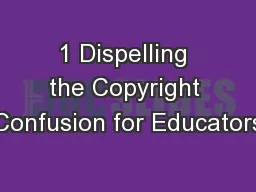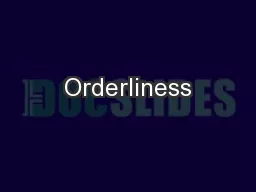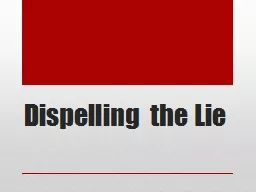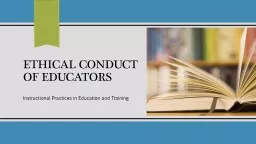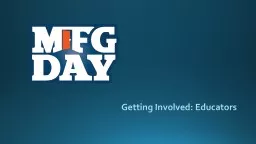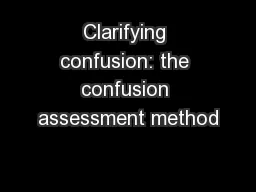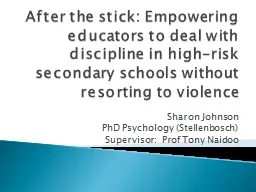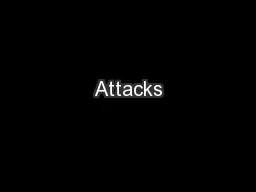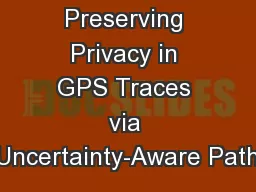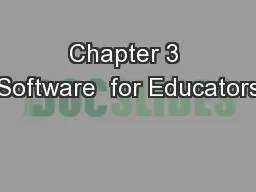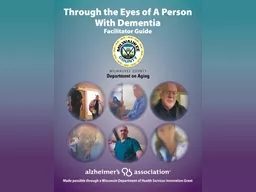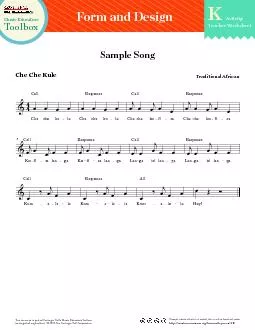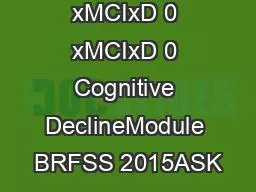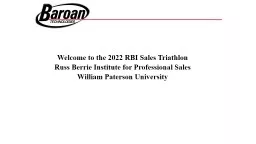PPT-1 Dispelling the Copyright Confusion for Educators
Author : tatyana-admore | Published Date : 2017-10-03
Alisha Cornick Intro to Authoring Tools Fall 2012 2 What is Copyright 3 What is Fair Use 4 Media Literacy is taught in the classroom because it promotes analytical
Presentation Embed Code
Download Presentation
Download Presentation The PPT/PDF document "1 Dispelling the Copyright Confusion for..." is the property of its rightful owner. Permission is granted to download and print the materials on this website for personal, non-commercial use only, and to display it on your personal computer provided you do not modify the materials and that you retain all copyright notices contained in the materials. By downloading content from our website, you accept the terms of this agreement.
1 Dispelling the Copyright Confusion for Educators: Transcript
Download Rules Of Document
"1 Dispelling the Copyright Confusion for Educators"The content belongs to its owner. You may download and print it for personal use, without modification, and keep all copyright notices. By downloading, you agree to these terms.
Related Documents

